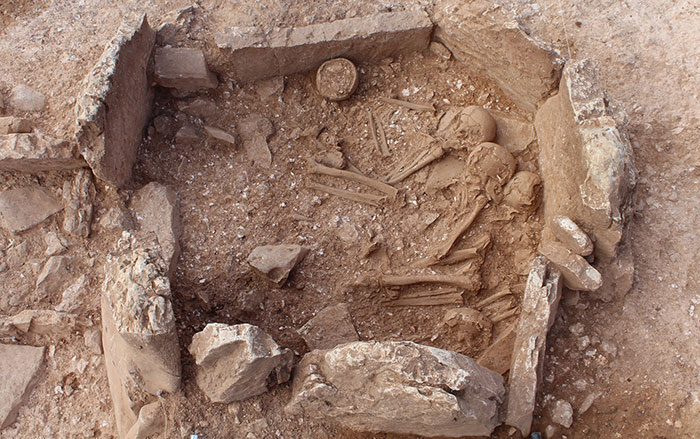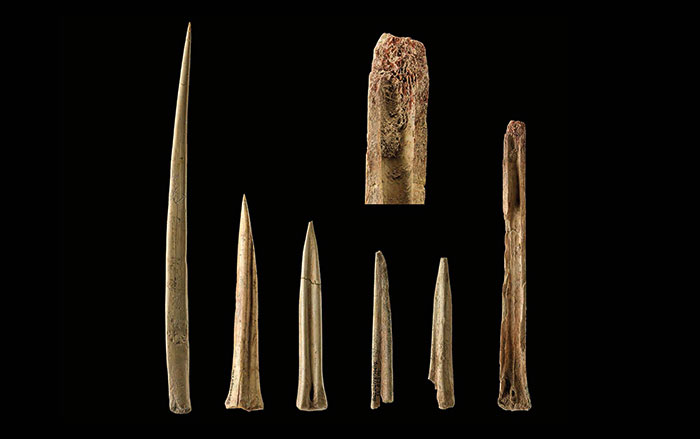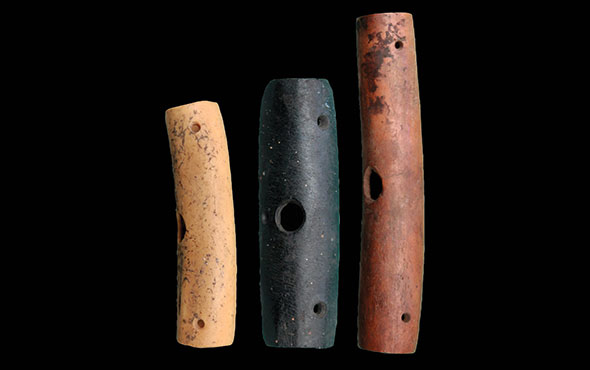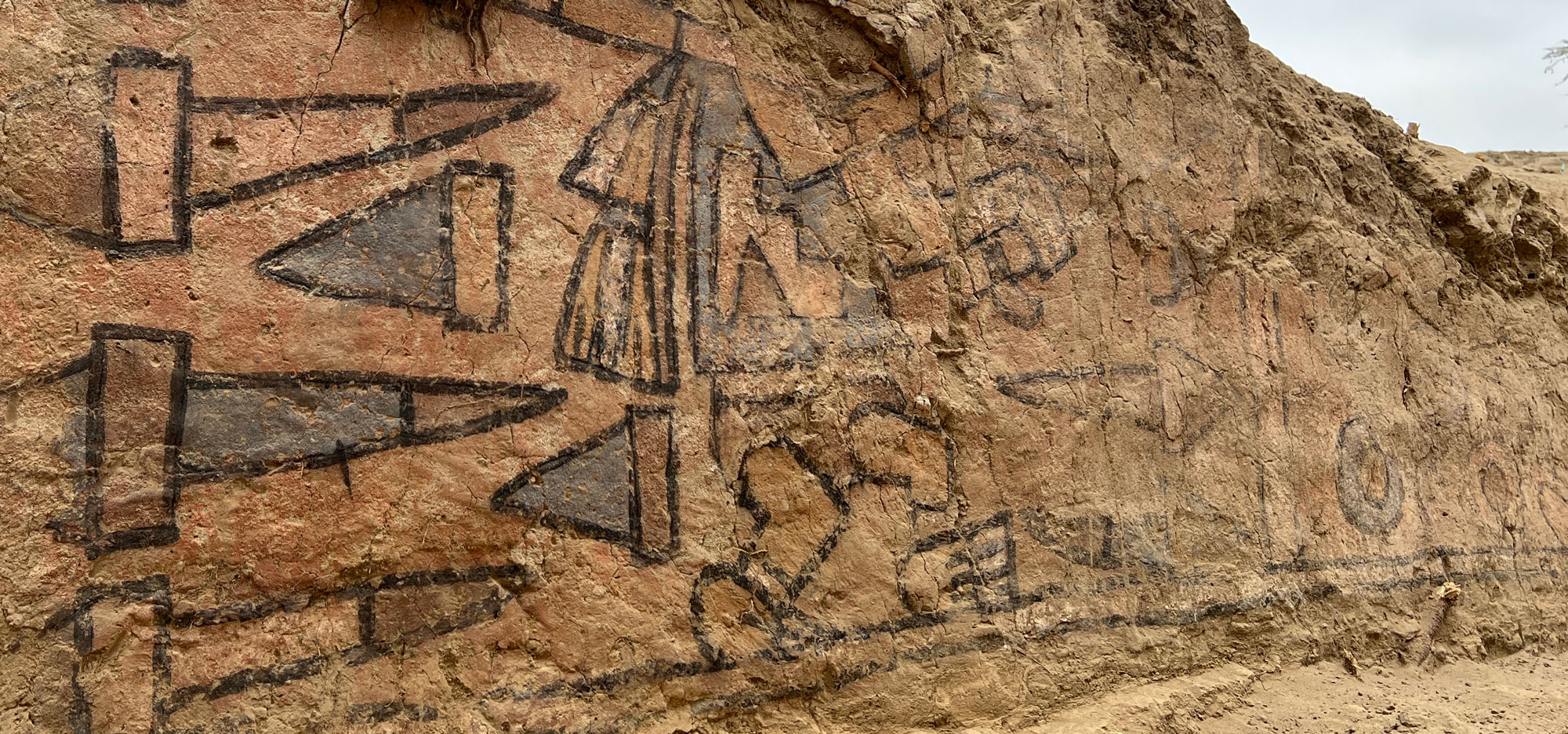
MADRID, SPAIN—A handful of newly discovered 2,400-year-old stone busts depicting human faces have the potential to provide new insight into the little-known Tartessos people of Spain, according to a report from Live Science. The carved stone faces, which have been dated to the fifth century B.C., were found by archaeologists from the Spanish National Research Council inside a sealed pit in an adobe temple at Casas del Turuñuelo, a Tartessian site in southern Spain. The civilization, which existed from the eighth to the fourth century B.C., was previously believed to have represented divinity through animal or plant motifs, not human figures. Two of the busts are nearly complete and are thought to portray female divinities wearing earrings. The Tartessos are known for their goldsmithing, and gold items similar to these earrings have been unearthed at two nearby Tartessian sites. Like Casas del Turuñuelo, these were both burned to the ground in fires whose causes are unknown. Only fragments of three other reliefs were found, and one appears to represent a helmeted warrior. For more on archaeology in Spain, go to “The Visigoths' Imperial Ambitions.”










